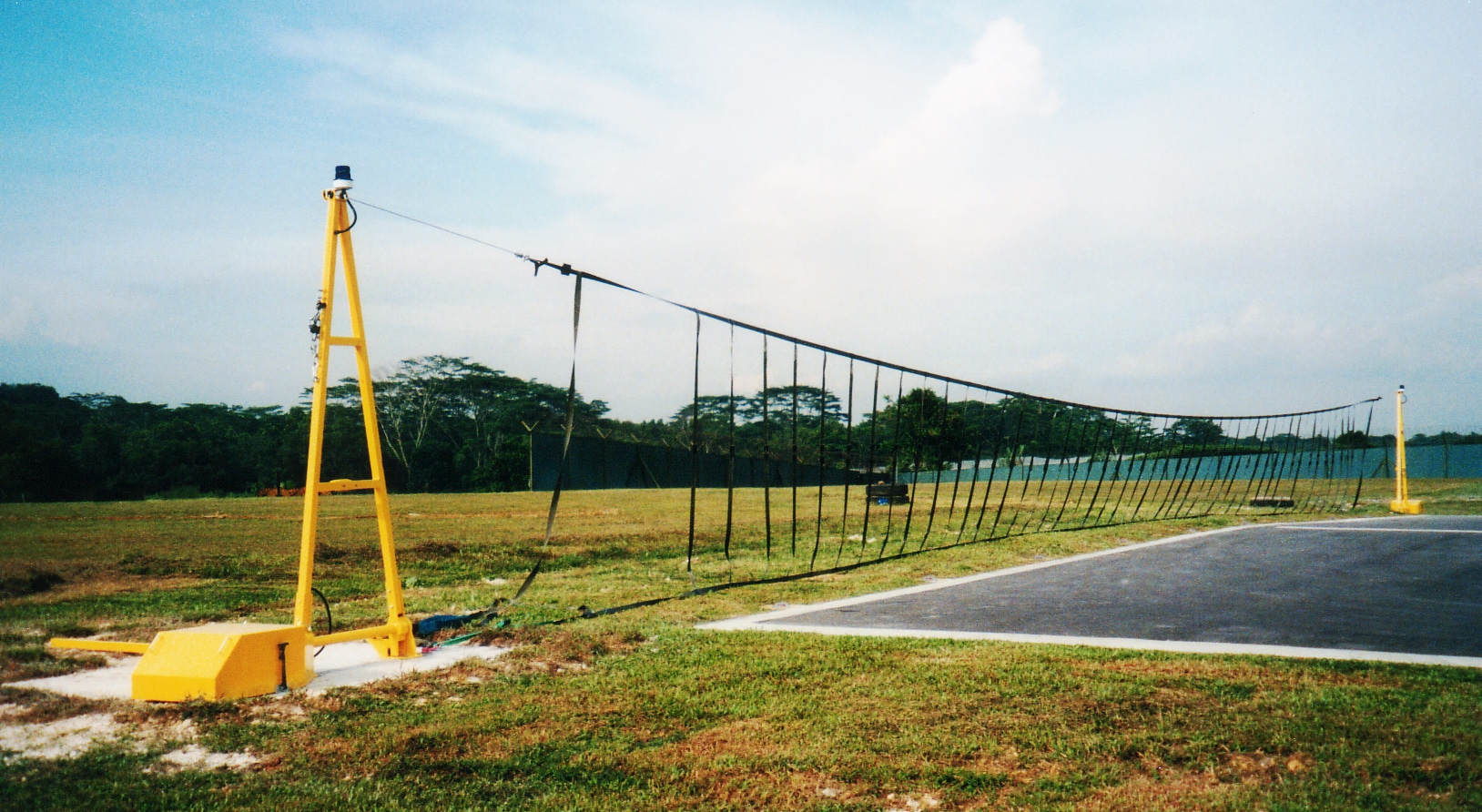SOURCE: RAUNAK KUNDE / NEWS BEAT / IDRW.ORG


The Aeronautical Development Establishment (ADE), a premier laboratory under India’s Defence Research and Development Organisation (DRDO), is advancing efforts to refine the design of experimental Unmanned Aerial Vehicles (UAVs) through a comprehensive arrester barrier landing analysis.
This analysis will focus on ensuring the safe recovery of UAVs during operations, particularly in constrained environments such as short runways or emergency landings. The study will involve the use of advanced Finite Element (FE) modeling techniques and material characterization to simulate the forces exerted on the UAV during an arrester barrier landing.
The first step in the project will be to upgrade and refine the finite element model (FEM) of the UAV and the arrester barrier components. The existing model, provided by the ADE team, will undergo modifications to ensure a more accurate representation of the interactions between the UAV and the arrester barrier. The refinement of the FEM will include realistic modeling of the structural and non-structural components of the UAV, taking into account factors like the mass and positioning of various systems, including Line Replaceable Units (LRUs).
The arrester barrier is a critical component in arresting the momentum of the UAV during landing. To accurately model the behavior of the arrester barrier material under high strain, limited tests will be conducted using a Split-Hopkinson Pressure Bar (SHPB). This will enable the team to characterize the arrester barrier’s material properties at higher strain rates. These properties will be incorporated into the simulation material model, ensuring that the arrester barrier’s performance is accurately simulated during landing analysis.
A crucial aspect of the refined FE model will be the incorporation of LRU masses and other mass details. These non-structural components, though not part of the UAV’s core frame, significantly influence the distribution of forces during landing. The modified FE model will be updated to reflect the mass distribution more realistically. The position of added mass will be tested for its effect on the overall landing analysis, with sensitivity checks performed to ensure the accuracy of the model in relation to real-world behavior.
An explicit FE code will be developed to simulate the landing event, including the interaction between the UAV and the arrester barrier. This model will perform a high-fidelity analysis of the stresses, strains, and deformations experienced by the UAV during landing. The analysis will be performed without considering the strain-rate effects on the airframe material itself, but the arrester barrier material will be analyzed with these effects to ensure accuracy in that critical component. The goal is to generate data that reflects realistic landing conditions and identify potential weak points in the structure of the UAV.
Once the FE models are developed, the arrester barrier landing analysis will be carried out as per the configuration specified by ADE. This will simulate the impact forces and stresses experienced during UAV recovery using an arrester barrier system. The analysis will focus on ensuring that the UAV can withstand these forces without suffering significant damage, particularly to its LRUs and critical systems. The data from these simulations will be used to assess the viability of the arrester barrier system and make necessary adjustments to the UAV’s design for safe landings.
The primary goal of the arrester barrier landing analysis is to provide feedback on the design of the UAV and suggest improvements to minimize the damage incurred during emergency or constrained landings. Specifically, the analysis will aim to:
Minimize damage to LRUs: These replaceable units are critical for UAV operations, and protecting them during landing is a priority.
Reduce structural damage: The analysis will identify weak points in the UAV’s structure that could be reinforced to withstand the impact forces.
Refine arrester barrier design: Suggestions will be made to improve the design of the arrester barrier itself for better performance in recovering UAVs safely.
As UAV technology continues to advance, the safety and reliability of these systems in challenging operational environments are of utmost importance. ADE’s efforts to carry out a detailed arrester barrier landing analysis demonstrate a commitment to improving UAV recovery systems, which will have significant implications for both military and civilian applications. Through a combination of finite element modeling, material characterization, and sensitivity analysis, ADE aims to develop a UAV capable of safe and reliable recovery under demanding conditions, ultimately enhancing the operational capability and longevity of the platform.
NOTE : Article cannot be reproduced without written permission of idrw.org in any form even for YouTube Videos to avoid Copy right strikes. Websites doing illegal reproductions will get DMCA and Legal Notices.